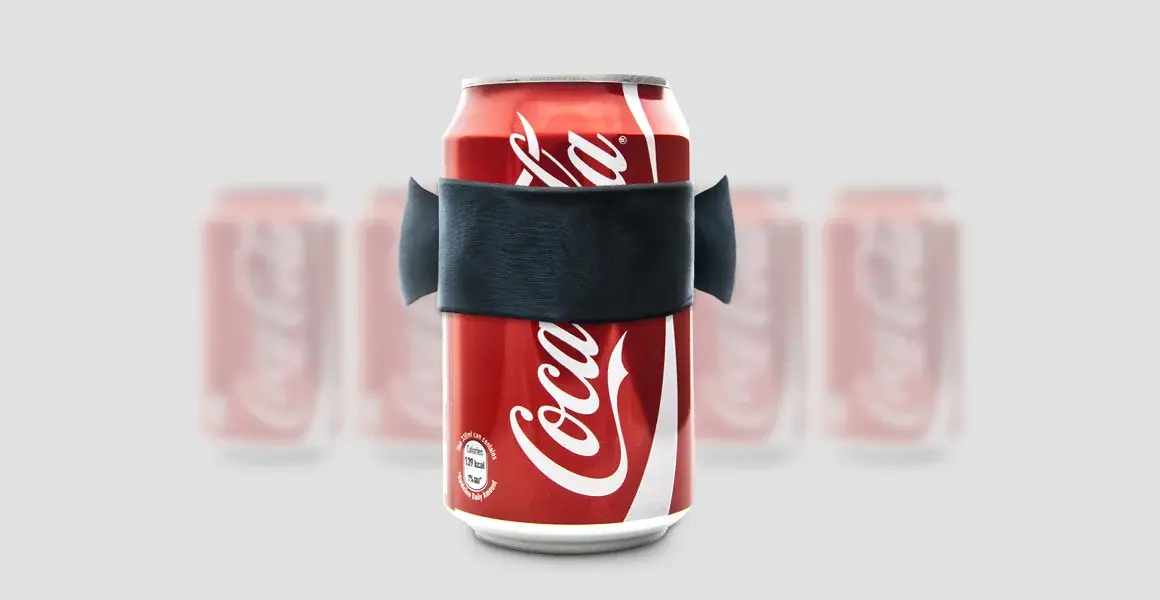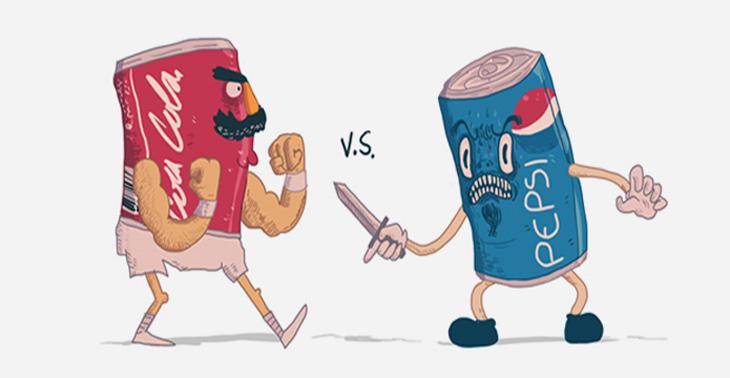Neuromarketing and Perception
Brands that appeal to the consumer's emotions rather than their minds in advertisements are more successful. We examined the reasons for this situation through the famous Pepsi experiment...

According to the Irish philosopher George Berkley, our senses give us the greatest pleasures in life. It is also an important and integral part of being human. In other words, our perception of the world is closely related to how we see it, how we hear it, how we smell it, how we touch it. In short, as Berkley means, perception is the only reality. Today, we will talk about the relationship between neuromarketing and perception with examples based on this fact.
On Neuromarketing and Perception; Pepsi Experiment
In 1975, Pepsi performed its famous experiment in America. Stands were set up in shopping malls for the experiment. At these stands, they tasted two unmarked glasses of Coke. There was Coke in one of the glasses and Pepsi in the other. Subjects took a few sips and said which glass they preferred. Interestingly, most of the subjects chose Pepsi even though Cola was the market leader.
Although different interpretations have come to this result, the reason has not been fully revealed. In 2003, the same experiment took place again. This time, the subjects' brain waves were followed with an fMRI device.

In the first phase of the experiment, the subjects were also not told which brand of Coke they drank. The result was the same as the experiment conducted in 1975. However, they knew the brand of the coke they drank the second time. This time, 75% of the subjects chose Coca Cola. This time, however, blood flow was present not only in the brain's anterior putamen, which is responsible for reward, but also in the middle proferental cortex, which is responsible for thinking and discrimination, according to fMRI testing.
In other words, the sensory and rational thinking functions of the brain were in conflict. Coca Cola was successful thanks to this brand strategy. Because people's brains were remembering the fun world Cola had been talking about in commercials for a long time. At the same time, he was remembering his own past and establishing an emotional connection. The fact that Cola was the market leader created a perception in people's minds that it was a better product.
In other words, Coca-Cola, which played on the emotions and perceptions of the consumers, not the minds of the consumers, was thus maintaining its leadership.
Antonio Damasio says;
“We are not thinking machines that feel,
we are feeling machines that think.”
Of course, these results were revolutionary and brought with them a lot of controversy. At the same time, he carried the relationship between neuromarketing and perception to another dimension.
After these events, an article called Brain Scam was published in 2004. The CEO of Neurosense, who conducted the research, famously stated:
“If our fault is understanding behavior and getting paid for these processes, we are guilty.”
When we think from this point of view, it becomes easy to understand why many brands are not the market leader despite their competitors producing quality products. At the same time, the importance of neuromarketing and perception emerges.
Today's world offers opportunities to explore emotional experiences like never before in human history. With the spread of neuromarketing, brand managers and advertisers are also becoming aware of this fact. For this reason, advertisements increasingly appeal to people's perceptions, not their minds. In this context, neuromarketing methods that allow us to see what people's perception focuses on will gain more and more value every day.
At Designneuro, we prioritize consumer perception with the experiences and research we have gained from past works. We direct our neuro design works accordingly.